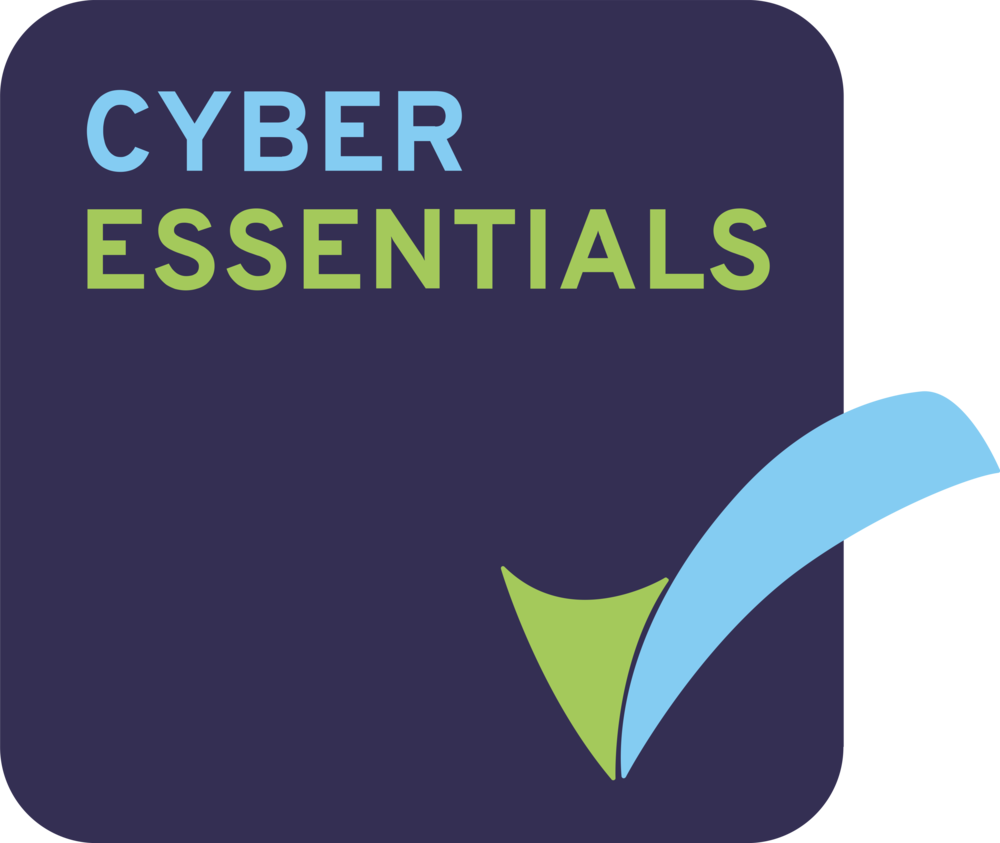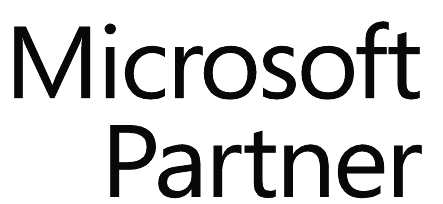On the 12th of May we held a joint webinar with Call Centre Helper discussing agent empowerment within the contact centre.
The panel, which consisted of Carolyn Blunt (Real Results Training), Emma Bridger (People Lab), David Evans (Business Systems), and Jonty Pearce from Call Centre Helper as the host and moderator, agreed that agent empowerment within the contact centre has many benefits, and for a business perhaps the most important one is the resulting increase in both customer satisfaction and employee retention.
One thing that was emphasised by all panellists was that to achieve employee empowerment an organisation needs processes, technology and leadership:
“empowerment is mostly a cultural change rather than a technological one”.
Technology however is a major facilitator and from that point of view, David referred to Workforce Management (WFM) and Speech/Interaction Analytics as two key tools to enable agent empowerment.
Speech/Interaction Analytics can provide insight not only on the voice of the customer but also on how empowered our employees are when on the phone, by helping listen to and analyse what was said and how it was said.
Getting into more detail with Workforce Management, David explained how self-service and allowing employees to set their own shift patterns gives them control and flexibility, two fundamental motivators that are highly appreciated by most.
The main examples of shift patterns he mentioned were:
- Preference scheduling, where agents state their preferred days and times to work
- Availability staffing, where agents state when they are available to work
- Shift swaps, where agents are given options to swap their shifts not only with similar shifts (4 hours for 4 hours), but with longer or shorter shifts.
- Trade boards, a variation of shift swaps, where agents post the shifts they want to swap anonymously
Going a step further, he suggested that a company could provide remote access to its self-service portal to employees, so they can log in and schedule their workforce planning at their convenience, and even set auto-authorisation rules so the employees can see there and then if the desired change is feasible.
In support of the value of self-scheduling within workforce planning, one of the attendees commented at the Call Centre Helper Chatroom:
“My organization can set schedules is a hugely empowering element and I can tell you that even just offering flexibility of an hour ‘Window’ as well as affording paid time off that they can utilize really does allow for a better confidence in the company. It reduces turnover for sure!”
And indeed, Emma Bridget stressed that money is not necessarily the great motivator that many believe and referenced a video on what actually motivates people:
It seems however that WFM self-scheduling has still to gain the trust of businesses. At the relevant poll that run during the webinar only 14% allow employees to set their own schedules. On the positive side, 38% allow employees to swap shifts without the need of management approval. These results coincide with the findings of our latest survey as depicted in The State of Workforce Management – 2016.
Asked about any downside, David mentioned that it is important at the beginning of a self-service implementation, to test the functionality and supporting processes with a small group and optimise it accordingly prior to mass deployment.
A Webinar replay is now available to view on the following link:
http://www.callcentrehelper.com/ask-the-expert-how-to-really-empower-your-agents-83519.htm















